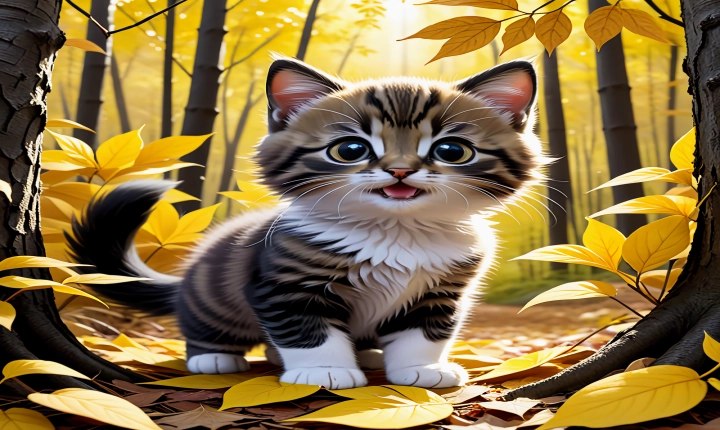AI-generated art has significantly evolved over the years, challenging the traditional understanding of creativity and presenting new opportunities for commercial use. The question of whether AI-generated art can be used commercially has sparked a debate within the art and business communities. This article seeks to explore the implications of using AI-generated art in commercial settings and address the legal and ethical considerations associated with it.
Advancements in machine learning and neural networks have empowered artificial intelligence to create stunning and thought-provoking artworks. From paintings and sculptures to digital designs and music compositions, AI has demonstrated its ability to produce original and compelling pieces of art. As a result, businesses and entrepreneurs have begun to explore the commercial potential of AI-generated art in various industries, including advertising, fashion, interior design, and entertainment.
One of the key advantages of AI-generated art is its potential for cost-effectiveness and efficiency. By leveraging AI algorithms, businesses can access a vast library of art styles and generate custom artworks tailored to their specific needs. This can save time and resources compared to commissioning human artists and designers for similar projects. Additionally, AI-generated art can inspire innovative and cutting-edge creative concepts that resonate with modern audiences.
However, the use of AI-generated art in commercial contexts raises important considerations related to copyright, intellectual property, and ethical implications. Unlike traditional art created by human artists, AI-generated art blurs the lines of authorship and ownership. This poses challenges in determining who holds the rights to the artwork and how it can be used within commercial ventures.
From a legal perspective, the ownership of AI-generated art is a complex issue that varies by jurisdiction. In many countries, copyright laws grant protection to works created by human authors, but the status of AI-generated art remains uncertain. Some argue that AI-generated artworks could be categorized as the intellectual property of the human creators or developers who trained the AI algorithms, while others advocate for a new framework that recognizes AI as a legitimate creator with its own copyright protections.
In addition to legal considerations, the ethical implications of using AI-generated art commercially cannot be overlooked. As AI becomes more proficient at replicating artistic styles and techniques, questions arise about the devaluation of human creativity and the potential displacement of human artists. The commercialization of AI-generated art also raises concerns about the authenticity and meaning of artistic expression, as well as the impact on cultural and artistic diversity.
Despite these challenges, there are compelling arguments in favor of embracing AI-generated art for commercial purposes. Businesses can leverage AI technology to expand their creative capabilities, reach new audiences, and deliver fresh and engaging content. By collaborating with AI as a creative partner, companies can explore innovative ways to integrate art and design into their products, services, and marketing strategies.
To address the legal and ethical uncertainties surrounding AI-generated art, it is crucial for policymakers, legal experts, and industry stakeholders to engage in dialogue and develop clear guidelines and regulations. Establishing a framework for copyright and intellectual property rights related to AI-generated art will provide clarity for businesses and creators, while also ensuring fair compensation and recognition for the contributors involved in the development of AI algorithms.
Furthermore, fostering a culture of ethical and responsible use of AI-generated art is essential in preserving the integrity of artistic expression and supporting human creativity. Businesses and artists should prioritize transparency and authenticity when incorporating AI-generated art into their commercial endeavors, and consumers should be informed about the use of AI technology in the creation of artworks.
In conclusion, the commercial use of AI-generated art presents both opportunities and challenges for the art and business communities. By navigating the legal and ethical complexities, embracing innovation, and promoting responsible practices, businesses can harness the potential of AI-generated art to enrich their creative endeavors and deliver compelling experiences to their audiences. As AI continues to reshape the landscape of art and creativity, thoughtful consideration and collaboration will be essential in guiding the ethical and commercial use of AI-generated art.
